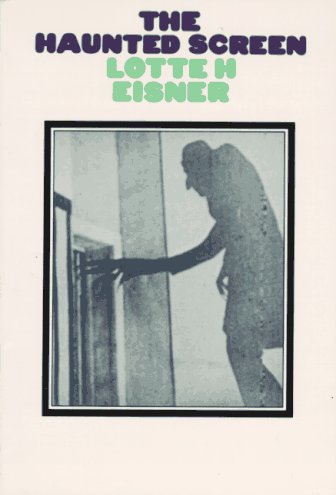The Journal of Eugène Delacroix (1893/1995) [FR, EN]
Filed under book | Tags: · 1800s, aesthetics, art, art criticism, biography, painting, paris, romanticism

“The journal of the French 19th-century Romantic painter Eugène Delacroix is one of the most important works in the literature of art history. Expressive and unselfconsciously spontaneous, it offers a compelling insight into the painter’s life and the cultural scene of 19th-century Paris (his friends and acquaintances included Géricault, Stendhal, Victor Cousin, Baudelaire, George Sand, Chopin, Hugo, and Dumas).”
Journal de Eugène Delacroix
Compiled by Paul Flat and René Piot
Publisher Plon, Paris, 1893
English edition
A Selection Edited with an Introduction Hubert Wellington
Translated by Lucy Norton
First published in 1951
Third edition, Phaidon, 1995
ISBN 0714833592
570 pages
Reviews (of new French ed.): Wright (H-France Review, 2010), Barnes (Times Literary Supplement, 2010), O’Brien (19th-Century Art Worldwide, 2012).
Commentaries: Hannoosh (RIHA Journal, 2010, in French).
Publisher (EN)
Publisher (FR, 2009 edition)
WorldCat (EN)
Manuscripts (at INHA)
French edition, 1893: Tome 1: 1823-1850, Tome 2: 1850-1854, Tome 3: 1855-1863 (at Internet Archive), at Wikisource-FR
English edition, 1995: PDF (85 MB, no OCR)
Lotte H. Eisner: The Haunted Screen: Expressionism in German Cinema and the Influence of Max Reinhardt (1952/1969)
Filed under book | Tags: · 1910s, 1920s, cinema, expressionism, film, film criticism, film history, germany, romanticism, theatre

The expressionist era of German cinema began at the end of the First World War and ended shortly after the coming of sound. From The Cabinet of Dr. Caligari onwards the principal films of this period were characterized by two influences: literary Expressionism, and the innovations of the theatre directors of this period, in particular Max Reinhardt. This book demonstrates the connection between German Romanticism and the cinema through Expressionist writings. It discusses the influence of the theatre: the handling of crowds; the use of different levels, and of selective lighting on a predominately dark stage; the reliance on formalized gesture; the innovation of the intimate theatre. Against this background the principal films of the period are examined in detail. The author explains the key critical concepts of the time, and surveys not only the work of the great directors, such as Fritz Lang and F. W. Murnau, but also the contribution of their writers, cameramen, and designers.
First published as L’Écran démoniaque. Influence de Max Reinhardt et de l’Expressionisme, 1952; revised 1965.
Translated by Roger Greaves
Publisher Thames and Hudson, London, 1969
360 pages
via knappen
Review (Richard B. Byrne, Cinema Journal, 1970)
PDF (116 MB)
Comment (0)Jeffrey Herf: Reactionary Modernism: Technology, Culture, and Politics in Weimar and the Third Reich (1985)
Filed under book | Tags: · engineering, enlightenment, fascism, germany, marxism, modernism, national socialism, nationalism, nazism, politics, romanticism, technology, weimar republic

“In a unique application of critical theory to the study of the role of ideology in politics, Jeffrey Herf explores the paradox inherent in the German fascists’ rejection of the rationalism of the Enlightenment while fully embracing modern technology. He documents evidence of a cultural tradition he calls ‘reactionary modernism’ found in the writings of German engineers and of the major intellectuals of the Weimar right: Ernst Juenger, Oswald Spengler, Werner Sombart, Hans Freyer, Carl Schmitt, and Martin Heidegger. The book shows how German nationalism and later National Socialism created what Joseph Goebbels, Hitler’s propaganda minister, called the ‘steel-like romanticism of the twentieth century’. By associating technology with the Germans, rather than the Jews, with beautiful form rather than the formlessness of the market, and with a strong state rather than a predominance of economic values and institutions, these right-wing intellectuals reconciled Germany’s strength with its romantic soul and national identity.”
Publisher Cambridge University Press, 1985
ISBN 0521338336, 9780521338332
251 pages
Reviews: R.J. Overy (English Historical Review), Geoff Eley (Telos).
Commentary: Thomas Rohkraemer (Contemporary European History).

